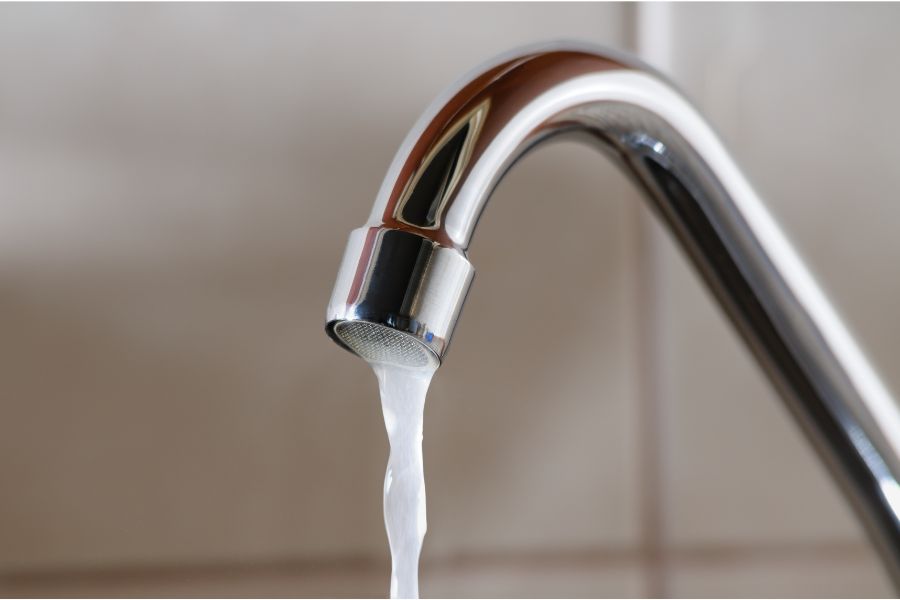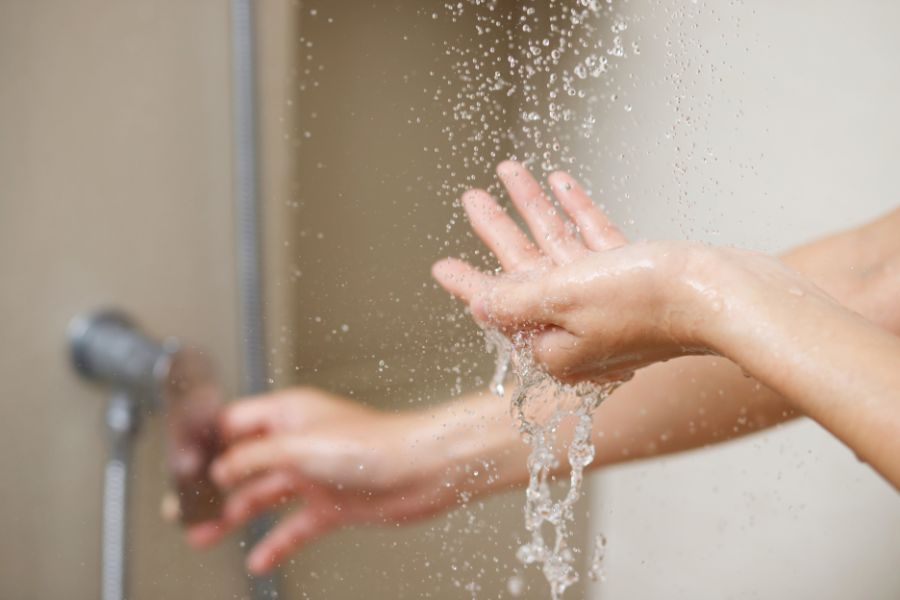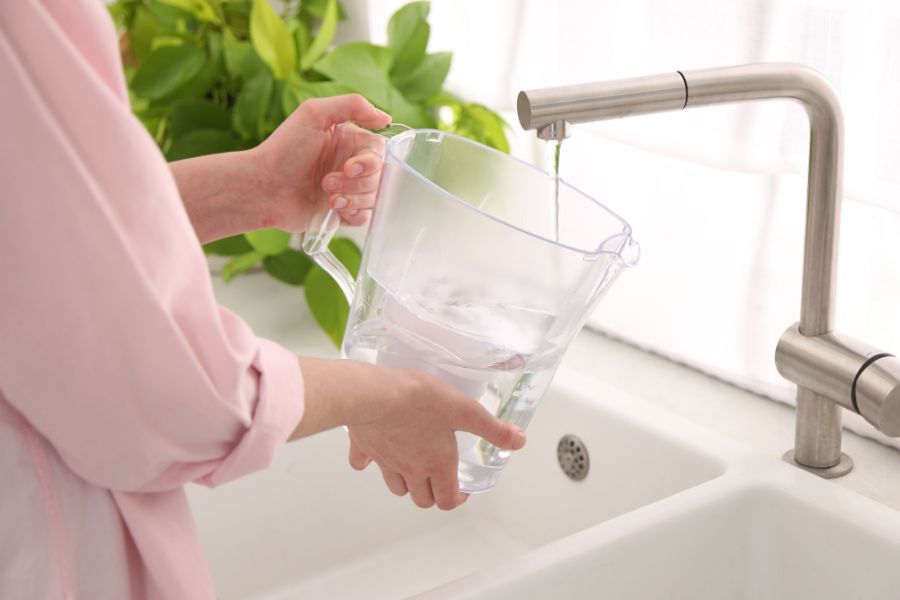Plumbing advice
Why your hot water tap is running slow and how to fix it
03 Sept 2024 • 7 minutes

Plumbing advice
03 Sept 2024 • 7 minutes

If your hot water tap is running slow, it's likely you either have low water pressure or low water flow rate caused by a blockage of some kind in your hot water supply. But sometimes diagnosing it isn’t that simple.
Whatever’s causing your hot water tap to run slowly, we’ll go through some common reasons and explain some easy fixes you can try for yourself.
It’s not uncommon for a hot water tap to run slowly, but there are few common reasons why it might be happening.
Let’s start with the most obvious one. If you have low water pressure or water flow rate at home then this will have an impact on how quickly the water moves through your pipework.
You’ll know it's a water pressure issue as when you turn on the shower, fill a bath, or run a tap, it will take much longer than it should for the water to come through.
In some cases you may also notice your toilet cistern will take a long time to refill after a flush.
If you’ve checked the water pressure and flow rate and you’re still having problems, then it could be that debris or sediment has built up in your pipes and/or water tank, which could cause a blockage.
Over time sediment and scale can build up and restrict the water flow through your pipework. That’s when your hot water tap can begin to trickle. If this is the issue, then you’ll need a qualified plumber to inspect your hot water system.

If the hot water pressure is low in your shower but okay from your taps, it becomes easier to find where the blockage is.
Taps or shower heads may cause a lower flow rate as limescale or other debris can build up. If the showerhead or tap is visually blocked up with limescale, try cleaning it first with limescale remove or a natural cleaner.
If this doesn’t sort out the problem and you’re feeling up to it, you can change a tap or shower head by buying new ones from your local DIY store and replacing them.
Finding a leak within your hot water system isn’t ideal, but diagnosing a leaking pipe is fairly easy.
The first and most obvious sign is visual damage to your walls and ceilings. If you suspect a leak, check the areas around your hot water pipes including near the boiler, under sinks or around your hot water cylinder.
It's important to check if the leak is coming from the hot water system itself. If you find that this is the case, you should call a qualified plumber immediately - our repairs service can help with this.
If you have a water meter at your boundary you could also check if there is a leak in the supply pipe leading to your property.
All you need to do is shut off your water at the internal stopcock and look at your water meter - if the numbers are still going up then there’s a chance that there could be a leak. If you do have a leak in the pipe leading to your property then the best course of action is to report it to your water company.
If you have an unvented hot water cylinder it will have an inline strainer (filter) fitted, this can get blocked with debris over time. This can reduce the speed your hot water travels to your taps.
If you suspect this may be the problem, you’ll want to contact a qualified heating engineer.
The tempering valve is in place to stop the hot water that passes through your system getting so hot that it burns you.
Much like the filter we’ve mentioned above, it can get blocked or damaged and can be replaced with a new one. This will need to be done by a competent engineer.
Old age catches up with all of us, and that’s no different for your hot water system. Over time your hot water system can deteriorate, which will result in low water pressure or leaks.
If you have an old hot water system then you may need a replacement. However, if your system isn’t that old you may just need some maintenance, servicing or repairs by a fully qualified plumber - which is where we can help you.
In most cases, a slow running tap will occur because of a low flow rate or low water pressure. For instance, if your flow rate falls below 10 litres per minute, it’s going to be frustratingly slow to run.
The magic number for household flow rate is around 15 litres of water per minute, however anything between 10 and 15 litres per minute is normal.
You might be wondering what the difference is between flow rate and water pressure. Water pressure refers to the force that the water moves around the pipes and comes out of the taps (measured in PSI/Bar).
Flow rate is how much water moves through a given space, usually measured by litres per minute. Both of these factors can impact the speed and availability of the water coming out of your taps.

If filling your jug takes longer than 6 seconds, you have a low water flow rate.
This is because the sweet spot is 10 litres per minute—if you multiply your 6 seconds by 10 you have 60 seconds. You would be able to fill your jug 10 times in that 60 seconds, therefore you’d have 10 litres per minute.
If you’d like to check the water pressure in your home you can do it by following these steps:
Anything over 60 psi should be looked at by a plumber. Anything below 14.5psi may indicate a leak.
Plumbing problems can be really stressful, particularly in an emergency - which is why we’re on hand to offer a repairs service should something go wrong.
We also offer a range of plumbing and drainage cover, which provides you with peace of mind protection in the event of unexpected problems around your home.
Our help & advice articles cover Plumbing, Home heating, Electrical, Energy-saving and Home maintenance.